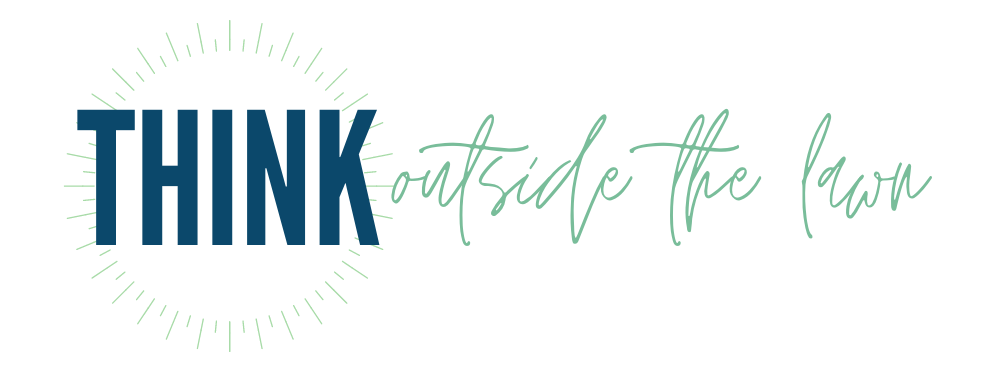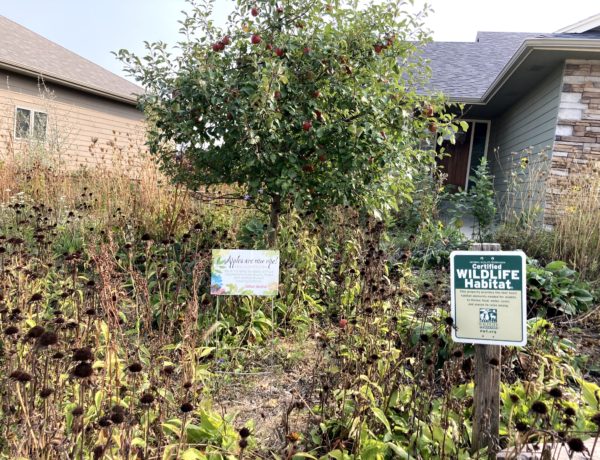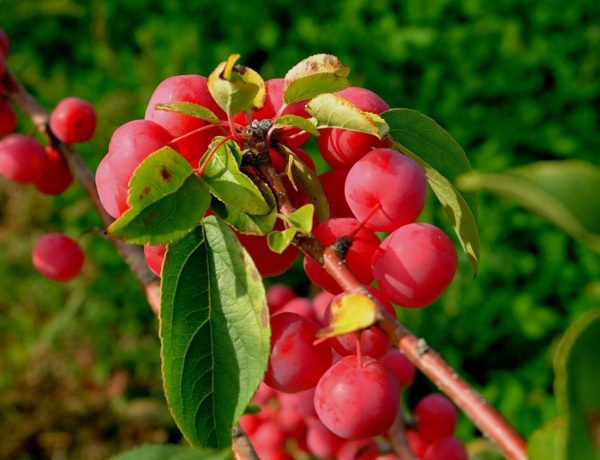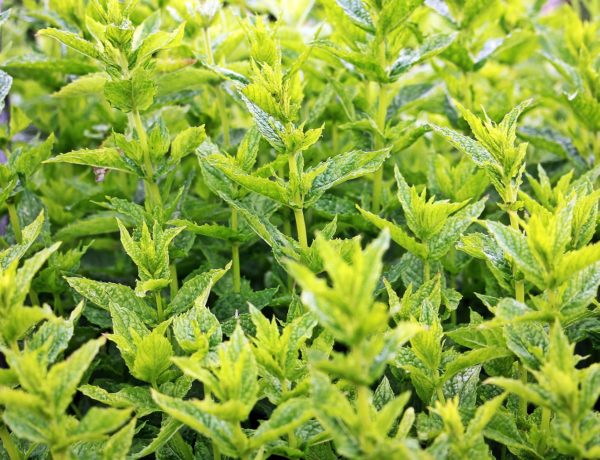If you want to have a low-maintenance, restorative landscape, it is key to choose plants that want to grow on your landscape. Every geographic area hosts its own special kinds of ecosystems. Each of these areas is home to plants that have evolved over millions of years to thrive in their ecosystems. We can take advantage of this evolutionary power in our gardens by utilizing native plants to a particular local ecosystem and plants that are native to a similar ecosystem in a different area of the world that also perform well in our local ecosystems.
Most importantly, do not choose plants that you want and try to change the conditions on your site to suit those plants. A common example in my area is blueberries. Yes, they are delicious, but blueberries require conditions not naturally present here. Growing blueberries on alkaline soil is difficult. But there are so many delicious alternatives. Plant plants that will thrive. I promise there are many edible, medicinal, and useful plants that will thrive on your site in your ecosystem without a ton of inputs from you. You just need to find them, plant them, and let them do the rest of the work.
Native plants
Choose native plants to make up a large portion of your landscaping. Remember, people native to every area of the world lived solely off of the native species of their area. Authors in North America have written many books about native herbaceous plants, shrubs, vines, and trees that were used by the local Native Americans and how they were used. These books are available for many different bioregions of North America. Search your library and online book stores, and you’ll probably find at least one. Here is one such book I found at my local library. I then ordered a copy of my own so I could refer to it more often. In addition to books focused on Native American use of plants, foraging books are loaded with knowledge about useful native and non-native plants. I recommend books by Samuel Thayer.
Native plants in my area have evolved to survive our extreme conditions from negative 25 degree temperatures in the winter to over 100 degrees in the summer, extreme winds, ice storms, tornadoes, grazing herbivores, spring floods and summer and fall droughts. They do just fine in these conditions with no protection, draining, tiling, amending or watering needed.
Native plants not only will grow with little to no input needed from you, they will also serve the native wildlife. In the midwestern plains in particular, between cities, suburbs, and monoculture farms, there are very few places for wildlife to find food, space, and shelter. Imagine if we all switched from lawns to diverse, native ecosystems. Now imagine if we started converting our farms over to perennial ecosystem-based farming like agroforestry and silvopasture. Imagine how many wild lives and species we would save.
Example: the invisible hackberry
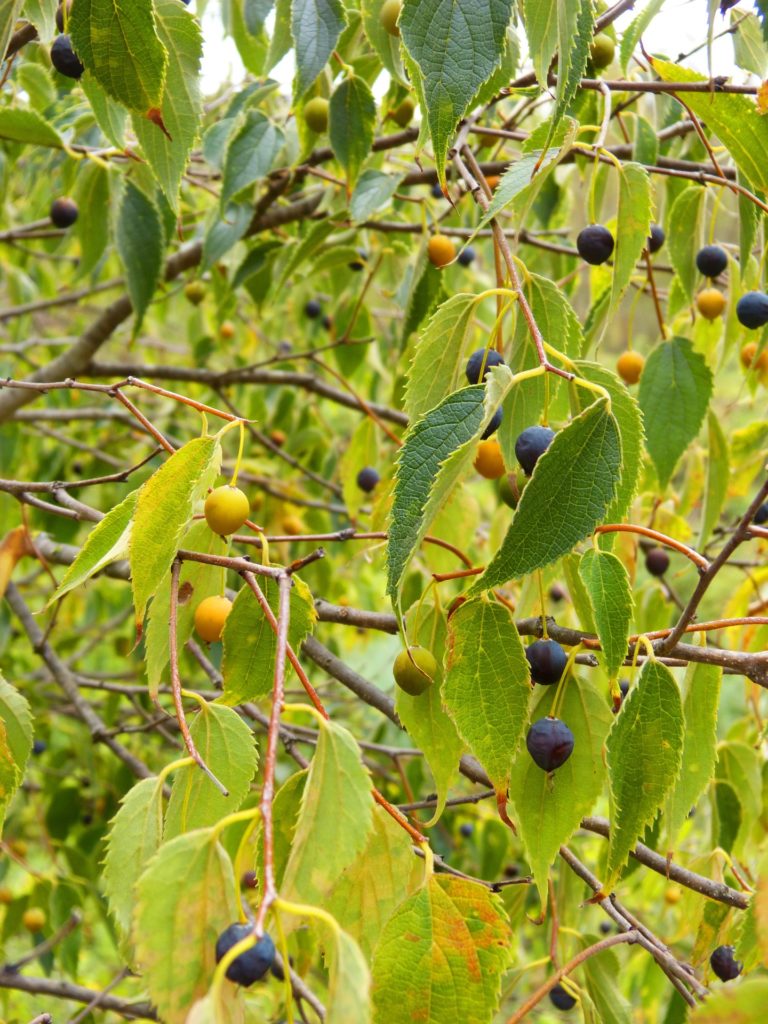
An example of a plant native to my area that is extremely useful, though unknowingly to most people, is the hackberry or sugarberry tree (Celtis occidentalis). This tree is spread easily by birds, and many of you have likely killed hackberry seedlings as a weed showing up in your yards (I have too! It has shown up in places they can’t stay, like the tiny space between the air conditioner and house.). This native tree was utilized as a food source by many Native American tribes. The fruit and seed are edible. The fruit, a drupe, is so high in sugar and low in moisture, that the fruit can store almost indefinitely without processing. It tastes a bit like a prune, but better I think. This tree already exists in some yards, and the owners likely don’t even know what kind of amazing food is right outside their doors.
Weeds and weedy plants
A weed is simply a plant that is growing in a place where some human doesn’t want it. The classification of a plant as a weed relies solely on the opinion of a single human. If you choose to appreciate a particular plant that shows up on your property, it is not a weed. It may be an invasive species, in which case, see this post on what you should do. But otherwise, it’s just a plant that evolved to live on this planet just like we did, just like koalas did, just like the redwoods did. Dandelions and lambs quarters still exist on the planet because they serve an ecological purpose. If they didn’t, they simply would not be here.
For every plant that shows up on your property, I encourage you to research the plant. Find out what plant it is if you don’t know. Find out its ecological uses. Does it stabilize soil? Or feed a native species of butterfly? Determine its human uses. Is it edible? Medicinal? Useful for fiber? If it serves multiple functions, and it’s not an invasive species, consider keeping it! It is a gift from nature.
The problem is the solution
Weeds are usually pioneer species that help nurture a damaged ecosystem so that the ecosystem can continue to proceed in succession to more diverse and robust ecosystems. They show up in our gardens and yards because we keep turning back the hands of succession in them. Lawns often have just one or a few species of grass. That is not a healthy ecosystem, so pioneer species happily establish themselves there, trying to improve the health and diversity of the ecosystem.
Gardens often have exposed soil or large areas that contain no plants (mulched areas in landscape beds). Pioneer plants show up in these places to stabilize soil so it doesn’t blow and wash away and, again, to increase diversity and carbon in the soil. The funny thing is that we create a problematic environment that the weeds show up to try to fix, but we consider weeds to be the problem that needs to be fixed. (Side note: in permaculture, a popular and useful saying is, “The problem is the solution.” See how it applies here?)
By allowing many of the weeds that show up to stay and add to the ecosystem, not only will we save time on weeding, but we will also reap their benefits. They will do their things to improve the soil and support wildlife, but we can also utilize them for their edible, medicinal, and other useful qualities. Often, weeds are extremely high in phytonutrients. Not only are they nutritious, they are usually much more nutritious than the plants we are trying to grow (and weeding around).
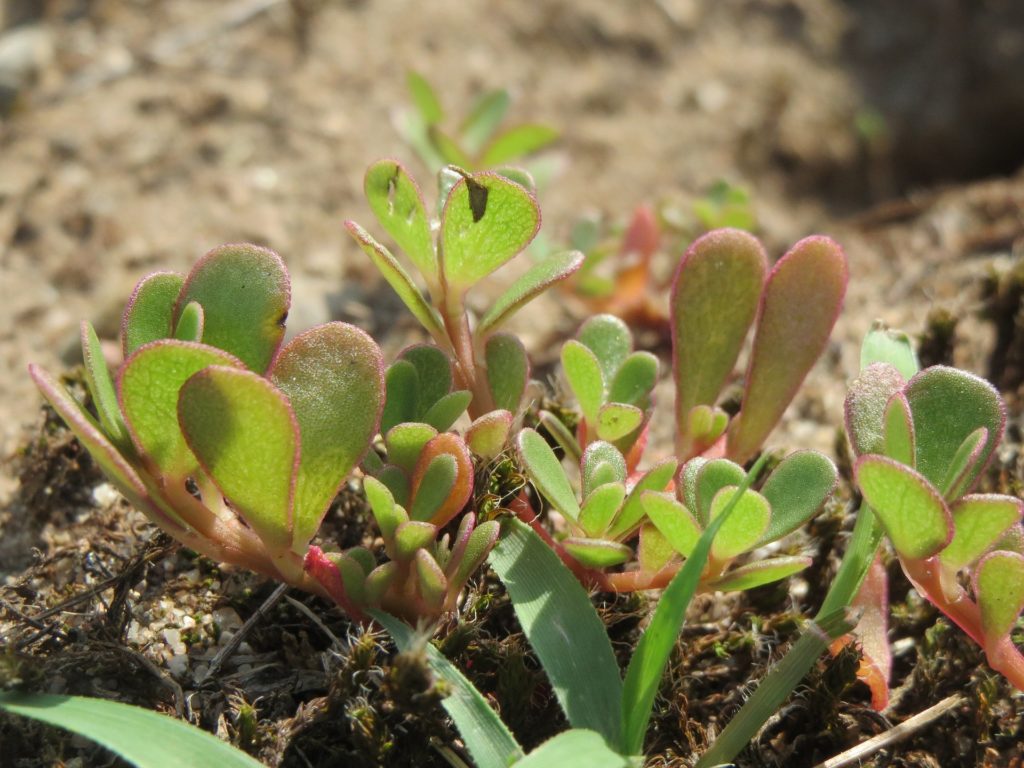
Golden rice
For example, Golden Rice is a variety of genetically modified rice that is supposed to fix the problem of childhood blindness that results from vitamin A deficiency that results from eating a diet high in white rice. This rice is grown in a typical monoculture, herbicide-sprayed environment and is modified to contain vitamin A. But you know what? Amaranth, among other plants, is a weed that would normally grow alongside these rice plants (if not killed) that contains large amounts of vitamin A (plus lots of other nutrients).
They genetically modified a plant to contain vitamin A so they could continue to keep weeding out the crop that wants to grow with it that contains even more vitamin A than the genetically modified rice. Does that make sense? I mean, yes, rice contains more calories than amaranth (although amaranth seeds are quite calorific, and I don’t know the actual calorie comparison) and thus may be more valuable for preventing starvation. But we cannot sustain a life merely on grains. Not rice, not corn, not wheat. They simply do not have the nutrients humans need. Weeds usually show up to fix problems, not cause them.
Control: let go a little
Utilizing plants that want to grow means that you will likely need to let go of some of your need to control exactly how your landscape looks and behaves. Plants that want to grow in your landscape will usually not sit idly in their chosen spot. Most of the time, thriving plants will move around, spreading by growing, seeding, and cloning.
When I do consultations, I usually suggest that people do not plan precise locations for each plant. It is best to just scatter seeds and let them take hold where they wish. Then, let them shift throughout the garden. They might find a spot that’s better than the one where they started — perhaps one with a little more shade or a little less standing water. Trying to control plants that want to grow and spread will result in a ton of work for you. Letting go can be really hard, but if you choose plants that want to grow and let them do their thing, you will be generously rewarded.
